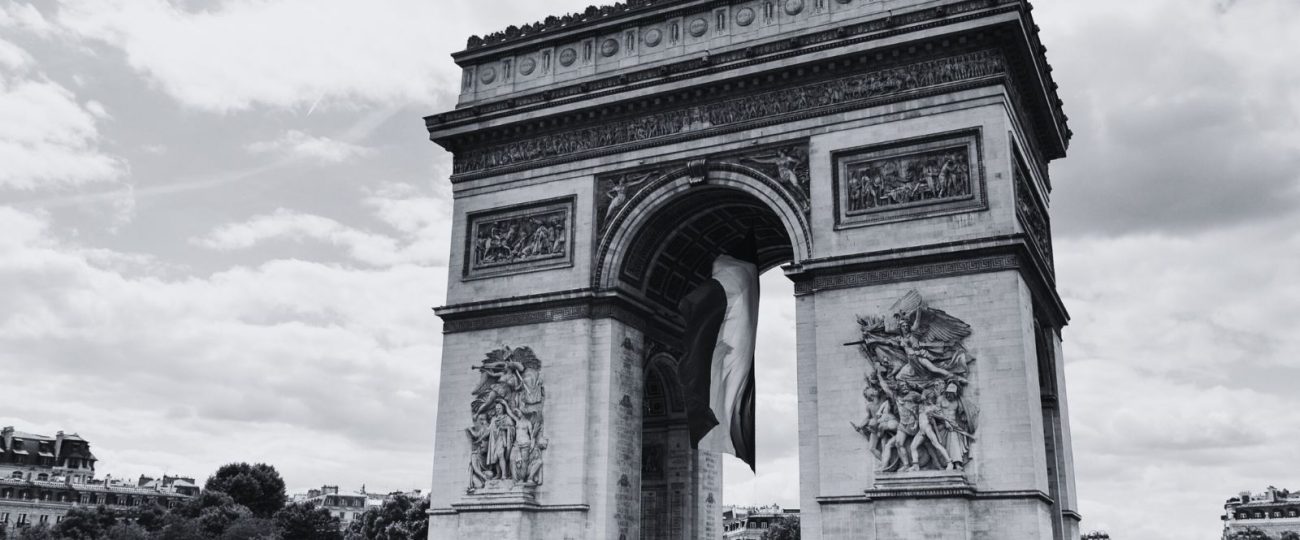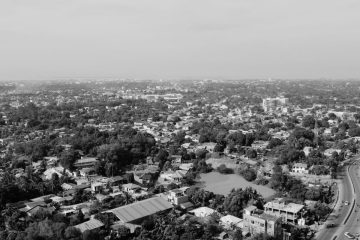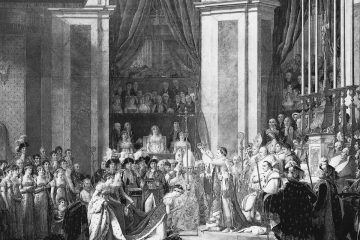What Happened On July 14th?
July 14th holds a unique place in French history. In 1789, Parisians stormed the Bastille, triggering the French Revolution. In 2016 on the same day, a terrorist attack in Nice during Bastille Day celebrations caused major tragedies.
The Storming Of The Bastille
On the morning of July 14, 1789, Paris reached a turning point. The Bastille, a medieval fortress turned state prison, represented royal oppression. Though it held only seven prisoners—detained for minor offenses or political reasons—the fortress symbolized the monarchy’s abuses.
Financial strain and widespread famine had driven the common people to desperation. King Louis XVI’s indecision and the growing influence of revolutionary thinkers like Voltaire and Rousseau fueled rebellion. Parisians, motivated by the National Assembly’s formation and rising bread prices, mobilized.
Rumors spread that the king planned to use military force to disband the National Assembly, which sparred fear and anger. A large crowd gathered at the Hôtel des Invalides to seize arms. Although they obtained muskets, they lacked gunpowder. Their goal became clear—the Bastille, where significant stores of gunpowder were believed to be held.
By mid-morning, artisans, tradesmen, and soldiers surrounded the fortress. Governor Bernard-René de Launay, aware of the growing tension, attempted to negotiate, but the crowd’s demands remained firm. They wanted the Bastille closed and its prisoners released. One of the prisoners, the Comte de Solages, had been jailed for incest—a shocking detail among the detainees.
The confrontation escalated quickly. Despite the fortress’s formidable defenses, its garrison of about 114 soldiers felt poorly equipped and demoralized. Negotiations failed, and the crowd’s impatience turned to fury. By early afternoon, the siege intensified.

Cannons were hauled into position, and shots rang out. The defenders fired back, but their efforts proved ineffective against the attackers’ resolve. Defected soldiers from the king’s army joined the insurgents, bringing valuable military expertise. By 5:30 PM, de Launay surrendered. However, the crowd’s anger remained unquenched. They seized and brutally murdered de Launay, parading his head on a pike through the streets.
The seven prisoners released from the Bastille became minor celebrities, though their lives did not improve significantly. For instance, authorities had transferred the Marquis de Sade to another prison days before the storming, and he continued his controversial writings that would later both fascinate and repulse readers.
What You Didn’t Know About Bastille
The Bastille was originally constructed in the 14th century as a fort to defend the eastern approach to Paris from the English during the Hundred Years’ War. It wasn’t until the reign of Louis XIII that it became a state prison used by the French kings to imprison their political enemies.
Bastille used to house a private library, which included more than 300 books at the time of the storming. These books were used by the prisoners and the garrison alike. The fortress also contained a collection of manuscripts and letters that provided a glimpse into the lives of its inmates.
The Bastille’s reputation as a grim dungeon was somewhat exaggerated. Some prisoners enjoyed relatively comfortable conditions, including private rooms, good food, and the ability to write and receive letters. Voltaire, who was imprisoned there twice, was one of those who experienced these better conditions.
During the storming, the crowd discovered not only weapons but also peculiar artifacts, such as an iron cage, rumored to be used for torturing prisoners. This cage was actually part of a hoax that contributed to the Bastille’s fearsome reputation. In reality, it was never used for torture.
Among the seven prisoners freed on July 14, 1789, was Auguste-Claude Tavernier, who had been imprisoned for forging letters attributed to high-ranking officials. Another prisoner, Jean La Corrège, was a mentally ill man who believed he was Julius Caesar. These prisoners’ diverse backgrounds illustrated the wide range of reasons people ended up in the Bastille.
From Fireworks To Fear

On the same date in 2016, an act of terror shattered the celebratory spirit of Bastille Day. In Nice, France, a crowd had gathered along the Promenade des Anglais to enjoy the evening’s fireworks display.
As the fireworks ended and the crowd began to disperse, a white 19-ton cargo truck barreled through the crowd at high speed. The driver, Mohamed Lahouaiej-Bouhlel, steered the vehicle with deadly precision, swerving to hit as many people as possible. The promenade, moments before filled with laughter and celebration, turned into a scene of horror.
In the aftermath, 85 people lay dead and over 300 suffered injuries, many critically. The victims included families on vacation, locals, and tourists. Among the dead was a promising young athlete who had recently excelled in regional sports competitions.
Bouhlel, a Tunisian national living in Nice, was eventually shot and killed by the police, ending his deadly rampage. Investigations revealed a troubled individual with no formal connections to terrorist groups but influenced by extremist propaganda. The attack on Bastille Day, a day symbolizing freedom and unity, was a cruel irony that deepened the nation’s wounds.





